
Rangefinders may be Classic but they are still Popular Cameras
Rangefinders were once the most popular cameras in the world. Meher Manda takes you on a quick walk through history
With early cameras, the glass film plates were so large that cameras and stands needed to be carried around on horses. Bellows shifted the lens back and forth, the image was viewed on a fine ground glass, the photographer would duck under a dark cloth to see the image on the ground glass clearly, especially outdoors. Then the ground glass would be replaced with film, and the shot taken.
Film improved, became smaller; so did cameras. But to become hand-held, they needed quicker, more accurate focusing. Enter the rangefinder, a highly accurate distance measurement device (already being used in cartography and weaponry). It used two lenses in two windows, at a distance that roughly mimicked our eyes. Via a mirror and prism assembly, the two images overlapped within a single viewfinder; rotating a dial shifted mirror and prism, and when the images overlaid perfectly, the lensing could be set. Later, this was built into the camera: Rotating the focus ring on the lens let the rangefinder overlay images to achieve perfect focus.
With Kodak’s Autographic Special in 1916, the world was introduced to the concept of accurate focusing in a compact, affordable body. A decade later, Leica created history with their rangefinder designs, combining extremely good optics with small, rugged builds. They became the camera of choice for professionals. (Classic Leica designs are copied even today for digital cameras!) Contax, Canon, Konica, Olympus, Nikon, Minolta and Rollei followed with excellent cameras, marking a golden age for rangefinders from the ’40s to the ’60s. The legendary Henri Cartier-Bresson was known to always use a Leica rangefinder; Pablo Picasso had a FED-2; Queen Elizabeth II took her Rollei 35 everywhere.
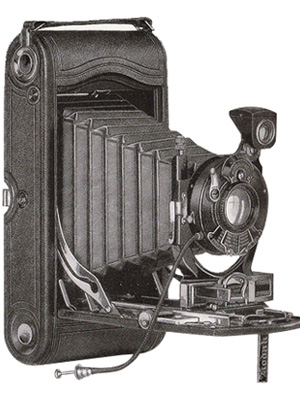
3A Kodak Autographic special (1916)
The 3A Kodak Autographic special (1916),
a folding camera, was marketed as the
first to be coupled with a rangefinder.
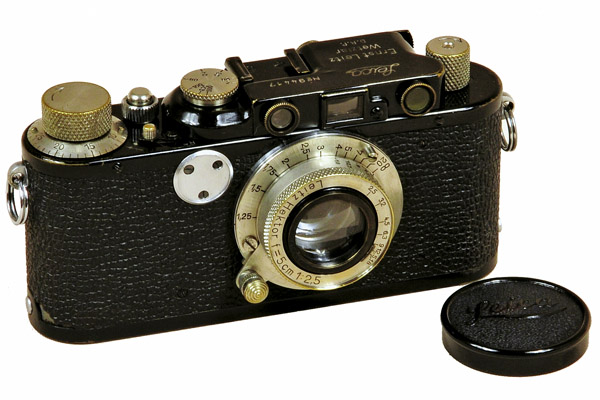
The Leica II (1932) was the first 35mm Leica camera with a built-in rangefinder. Originally the Leica A (1929), it was sent back to the factory to be upgraded with a rangefinder and interchangeable lenses.
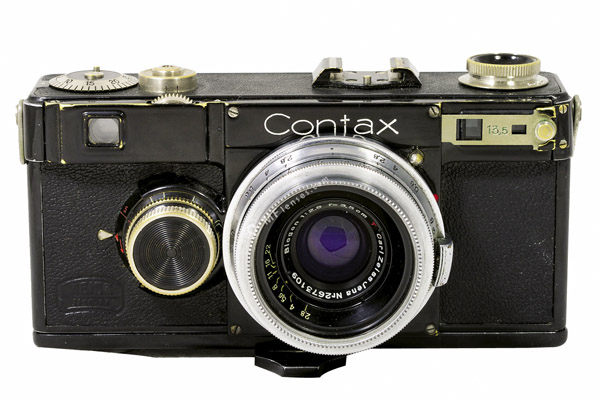
The Contax 1 (1932) was a 35mm rangefinder made by Zeiss Ikon to compete with Leica. Though cheaper, and with a better rangefinder system, it was much heavier.
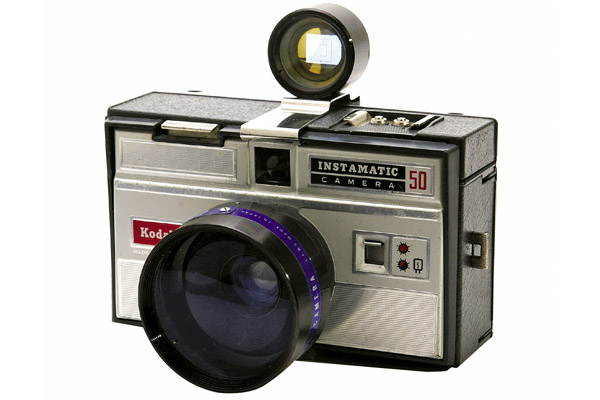
Kodak Instamatic 50 (1963)
The Kodak Instamatic 50 (1963) was the first Instamatic rangefinder ever to be marketed. Its popularity
led to several successive models of the Instamatic.
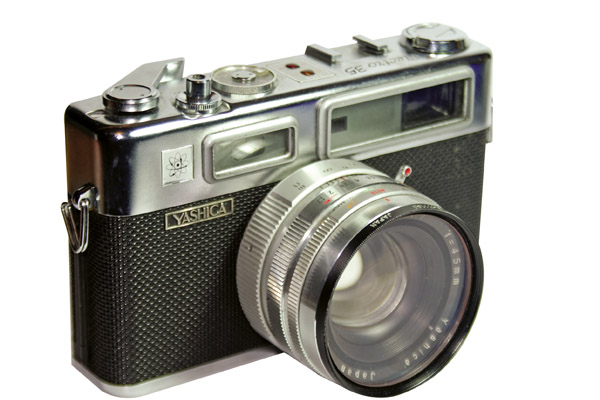
Yashica Electro 35 (1966)
The Yashica Electro 35 (1966) was one of the most popular cameras of the 60s. It was an Aperture Priority camera with a silent shutter. Known as the first electronically-controlled camera, its low price ensured its popularity worldwide.
A longer version of this piece appeared in Better Photography’s July issue.
(This story appears in the 17 August, 2012 issue of Forbes India. To visit our Archives, click here.)














